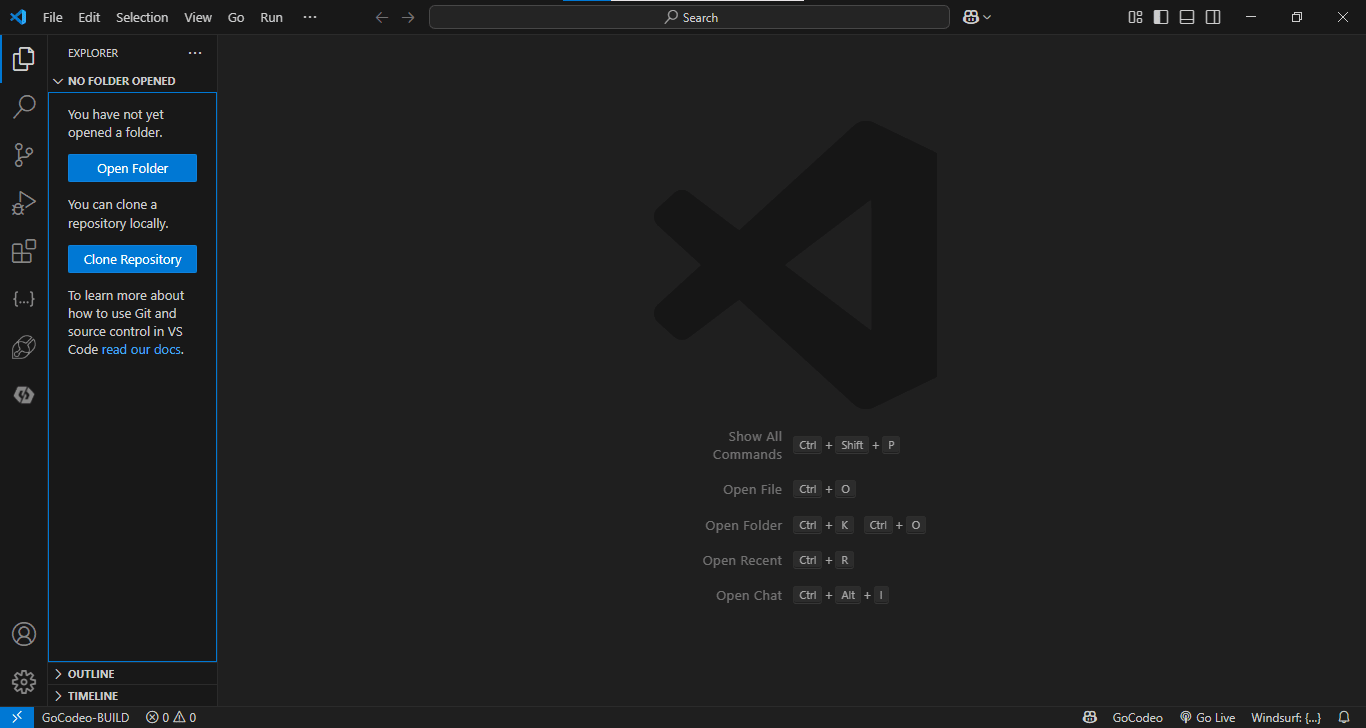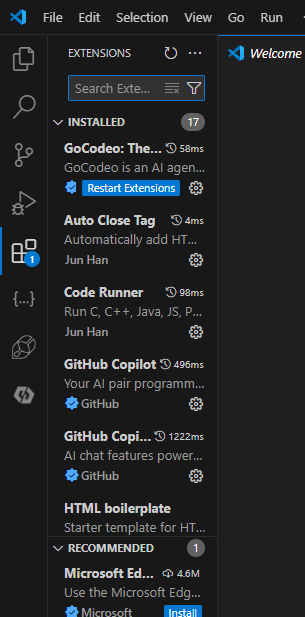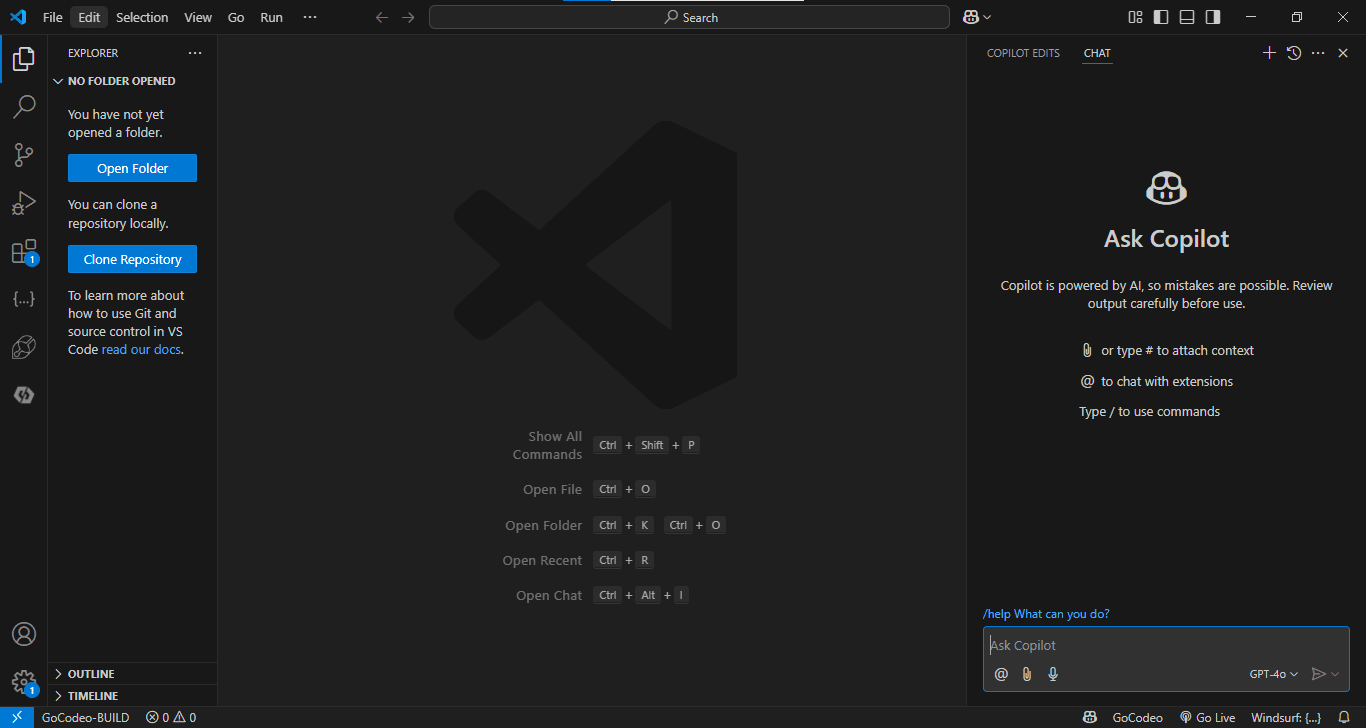Full Stack Development Internship Program
- 29k Enrolled Learners
- Weekend/Weekday
- Live Class
GitHub Copilot isn’t like other code completion tools. Artificial intelligence (AI) powers this cutting-edge writing assistant that could change the way we write code.
We will discuss the key concepts and characteristics of Copilot that revolutionize the software development industry.
It is an AI-powered writing assistant that was made by GitHub and OpenAI working together. Generative Pre-trained Transformer (GPT) technology is what it’s based on. GPT lets it understand common language descriptions and make code based on the situation.
Traditional code autocomplete tools, like those in VSCode and other popular code editors, only give you ideas. Copilot, on the other hand, offers full lines, functions, or even whole code blocks based on what you’re doing and why.
AI-Powered Coding Assistant: Trained on a massive dataset of publicly available code, including GitHub repositories, it can generate functions, classes, and entire code blocks.
Context-Aware Suggestions: It understands the context of your current file and related files in your project to offer highly relevant code suggestions.
Boosts Productivity: Helps write new code, refactor existing code, and auto-generates boilerplate, test cases, and even complex algorithms.
Adapts to Your Coding Style: Learns from your edits and coding patterns to provide more personalized and accurate suggestions over time.
Seamless IDE Integration: Initially released as a Visual Studio Code extension, it integrates smoothly into your coding environment for an uninterrupted workflow.
Supports Rapid Learning and Prototyping: Useful for experimenting with new programming languages, frameworks, or quickly building out ideas.
Reduces Cognitive Load: Handles repetitive and routine coding tasks, allowing developers to focus more on logic and creativity.
GitHub Using OpenAI’s Codex model, Copilot looks at your code and makes code suggestions that are useful. It works with code editors like Visual Studio Code and offers auto-completion and ideas right in the code.
A lot of different codebases and computer languages are used to train the AI model. It lets users guess what the writer was trying to do and write code that matches that.
It can handle both small pieces of code and more complicated jobs because it can understand the context and patterns in the existing code.
Turn on your machine and open VS Code.
 Step 2: Access Extensions
Step 2: Access Extensions
Step 3: Search for GitHub Copilot
In the Extensions panel, enter ‘GitHub Copilot’ into the search box at the top. The extension should appear in the list of results.
Step 4: Install GitHub Copilot
Select the extension from the search results, then click the ‘Install’ button to begin the installation process.
Step 5: Sign in to GitHub
After installation, a prompt may appear asking you to sign in to your GitHub account.
Complete the sign-in process by following the on-screen or browser-based instructions.

Step 6: Start Using GitHub Copilot
After setup is complete, you can start using it in your coding projects right away.
Open a file in a supported programming language and begin typing—Copilot will automatically suggest code as you go.

Fast Idea Implementation: Speeds up the process of turning ideas into working code, allowing for quick testing and improvement.
Building Web Solutions: Provides ready-to-use code suggestions for developing websites, including both user interfaces and server-side logic.
Efficient Code Development: Supports engineers by recommending standard coding patterns, making it easier to write and manage robust software.
Smart Learning Companion: Acts as a coding assistant for students and learners, helping them grasp concepts and write better code.
Contribution Made Easy: Simplifies working with open-source projects by guiding through unfamiliar code and suggesting useful contributions.
Data Project Assistance: Helps streamline tasks in data-driven projects, including data preparation, analysis, and visual output.
In this comprehensive guide, we’ve explored the full potential of GitHub Copilot, your AI-powered coding companion. From understanding its fundamentals to learning how to use it effectively in real-world scenarios, you’re now equipped to integrate this tool seamlessly into your development workflow.
Whether you’re just starting your programming journey or you’re an experienced developer looking to boost productivity, It opens up exciting new possibilities.
To further enhance your skills, you can enroll in Edureka’s GitHub Copilot Training—a hands-on certification course designed to help you master the tool and apply it in practical projects. If you’re also looking to strengthen your foundation with version control and collaboration, check out our blog on How To Use GitHub.
Start your journey with GitHub Copilot and Edureka today, and transform the way you code with the power of AI.
Is GitHub Copilot free?
It offers a free trial, but after that, it requires a paid subscription. However, it’s free for verified students and maintainers of popular open-source projects.
What is GitHub Copilot used for?
It is used to assist in writing code by suggesting functions, code snippets, and entire lines based on context. It helps with faster development, learning new languages, and reducing repetitive coding tasks.
Is GitHub Copilot better than ChatGPT?
GitHub Copilot is better for real-time code suggestions within your IDE, while ChatGPT is more versatile for explaining concepts, debugging, and broader coding help. Each excels in different use cases.
What is the risk of GitHub Copilot?
The main risks of GitHub Copilot include potential copyright issues, insecure code suggestions, and over-reliance, which might affect learning or code quality if not reviewed properly.
Can I use GitHub Copilot for my job?
Yes, you can use GitHub Copilot for your job as it helps boost productivity, automates repetitive tasks, and provides useful coding suggestions. Just make sure to review the code for accuracy and follow company guidelines.